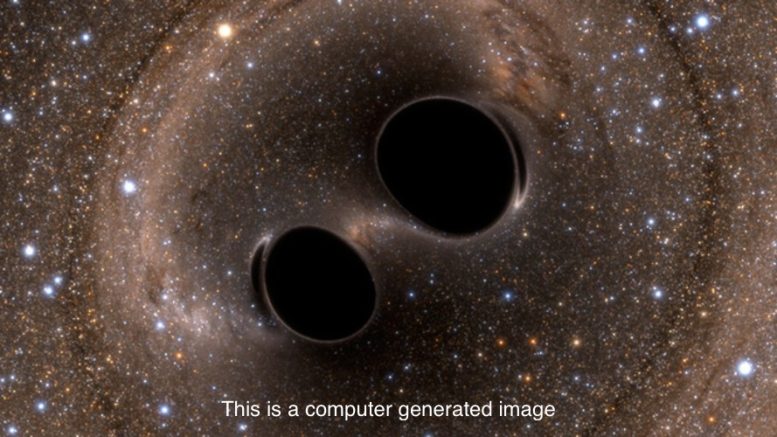“About a hundred years ago, Einstein predicted the existence of gravitational waves, but until now, they were undetectable.” On Tuesday, the third of October, Rainer Weiss (professor at the Massachusetts Institute of Technology), Kip Thorne and Barry Barish (both professors of California Institute of Technology) were awarded the Nobel Prize in Physics for what the Royal Swedish Academy called “a discovery that shook the world. These three men were the architects of the LIGO (Laser Interferometer Gravitational-Wave Observatory) centers.
A LIGO center looks like a giant “L”; it reflects gravitational waves in a way which a computer can analyze it. When the waves are moving normally they cancel each other out but when they are affected by something else they make a rhythmic beeping.
Over a billion light years away two massive black holes collided releasing the energy equivalent to a billion trillion suns in a fraction of a second. It was felt in the LIGO centers and the computer analyzed it as a short bleep a billion years later.
Before now, astronomers only used sight to look at space. With the Hubble’s infrared and ultraviolet detectors and all the other telescopeser we use to see the universe, we rely on sight. Now, we can use sound to track gravitational waves as well!
This solves one of the greatest mysteries in astronomy: do black holes exist? Using the LIGO centers they were able to establish an answer that they do. Using sound, scientists hope to be able to solve some of the universe’s greatest mysteries, such as the Big Bang. This benefits astronomers because it allows them to explore using new technology. Indirectly it benefits people who aren’t astronomers it gives us opportunities to explore planets and maybe move there. Astronomy will never be the same.

